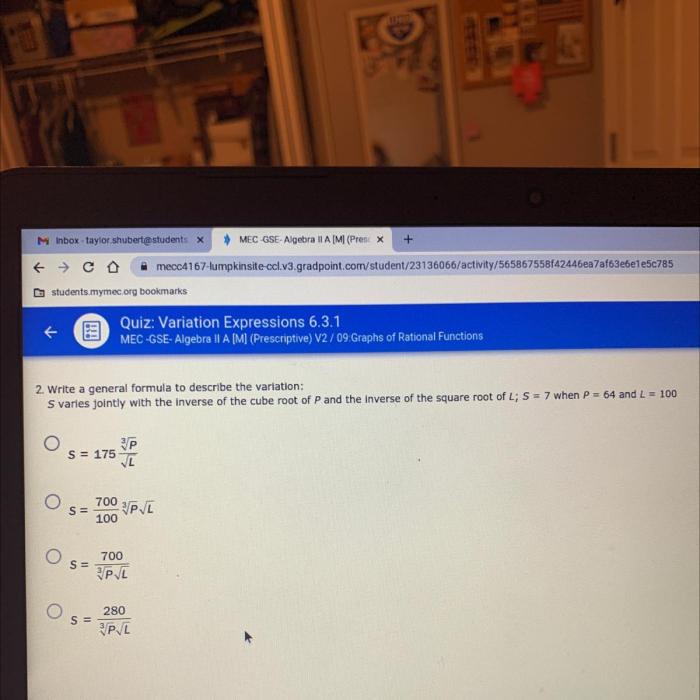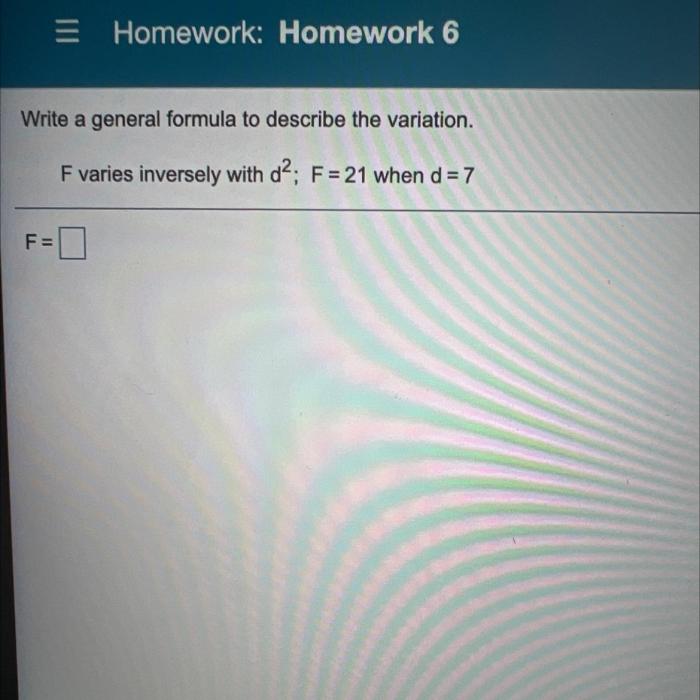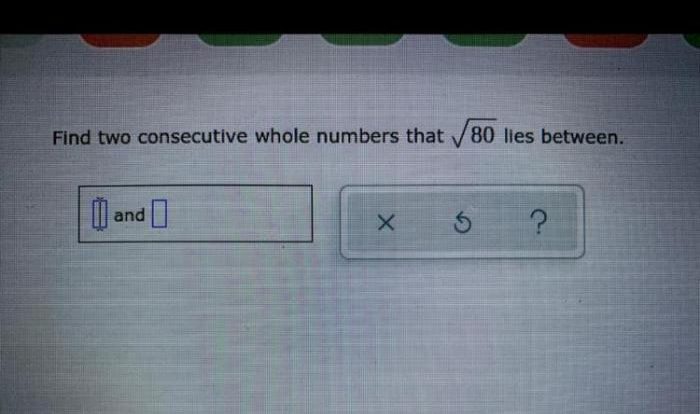Embarking on the exploration of write a general formula to describe the variation, this comprehensive guide delves into the intricacies of variation, its diverse forms, and the development of general formulas to capture these variations with precision. Through a structured approach, we unravel the elements of a general formula, providing a step-by-step guide to crafting these formulas effectively.
Delving into practical applications, we showcase how these formulas empower analysis and prediction across various disciplines, highlighting their significance in scientific research, engineering, and everyday life. Recognizing the limitations and considerations inherent in using general formulas, we emphasize the importance of understanding their assumptions and constraints.
Understanding Variation: Write A General Formula To Describe The Variation

Variation refers to the change in one variable in relation to another. A general formula to describe variation establishes a mathematical relationship between the variables involved.
Types of variation include direct variation, inverse variation, joint variation, and combined variation.
Elements of a General Formula, Write a general formula to describe the variation
- Variables: Represent the quantities that vary.
- Constants: Fixed values that do not change.
- Mathematical Operators: Symbols used to perform operations (e.g., +, -, -, /).
Developing the Formula
- Identify the variables involved and their relationship.
- Determine the type of variation.
- Write the general formula using the appropriate variables, constants, and operators.
Examples of General Formulas
- Direct Variation: y = kx
- Inverse Variation: y = k/x
- Joint Variation: y = kx 1x 2
- Combined Variation: y = k(x 1/x 2)
Applications of General Formulas
- Scientific Research: Modeling physical phenomena (e.g., motion, heat transfer).
- Engineering: Designing structures and systems (e.g., bridges, electrical circuits).
- Everyday Life: Predicting weather patterns, estimating travel time, and understanding economic trends.
Limitations and Considerations
- Formulas are only valid within the range of variables and assumptions.
- Real-world data may not always fit perfectly into the formula.
- It is important to understand the limitations of the formula before using it.
Key Questions Answered
What is the purpose of a general formula to describe variation?
A general formula to describe variation provides a concise mathematical expression that captures the relationship between variables that exhibit a specific pattern of change or variation.
How do I develop a general formula to describe variation?
Developing a general formula to describe variation involves identifying the relationship between the variables, determining the appropriate mathematical operators and constants, and expressing the relationship in a concise mathematical equation.
What are the limitations of using general formulas to describe variation?
General formulas are limited by the assumptions and constraints inherent in their derivation. It is important to understand these limitations and ensure that the formula is appropriate for the specific variation being described.




